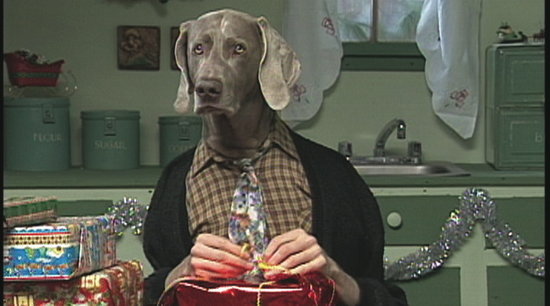Maybe a dozen years ago, when I was filling in for a few months for the art critic at the daily newspaper that was my bread and margarine, I decided it was a good idea to print the prices of the works of art being discussed in reviews of gallery shows. Seemed reasonable at the time. Why shouldn’t the paper give its readers an idea of whether that new painting by Gregory Grenon, say, was going for $1,800 or $18,000? Why not let the working-two-jobs-to-make-ends-meet art fan know that if she really liked that piece by the brand-new art school grad, she could pick it up for $250 instead of assuming it was going to be swooped up by some dot-com turk because it was out of her price range?
The response around me in my corner of the newsroom was unison and aghast. It amounted to this: Art is for art’s sake. Money has nothing to do with intrinsic value (I wasn’t arguing that it did). To discuss price is to taint the critical process (all I wanted to do was list the prices in the information box). Besides, money is, well, you know, tawdry. I quickly scotched the idea, and pretty much forgot about it: No smudge of commerce would taint the culture pages, where truth and beauty are all you need to know.
So why is it so damned fascinating to read about the high-roller art auctions at Christie’s and Sotheby’s? The latest report comes from Carol Vogel in the New York Times, and the frenzied buying seems to indicate that, while working-class saps are getting kicked in the rear by the recession, the big spenders are spending, well, big. Real big. Like there’s no tomorrow big. “The market is defying gravity,” Vogel quotes financier and collector Eli Broad.
Follow the money, everyone says, to which you can add, Follow the art — it’s following the money. To Japan in the 1980s, to Las Vegas and the marketing and advertising whizzes of London in the 1990s, to the culture-cloaking Wal-Mart matrons in the ’00s. And to just about anybody who’s cashed in on the biggest upward transfer of wealth since the days of the 19th century Robber Barons (who actually seem a bit like pikers compared to the new bunch of sudden zillionaires).
Continue reading The high price of art, the cost of keeping up with it
